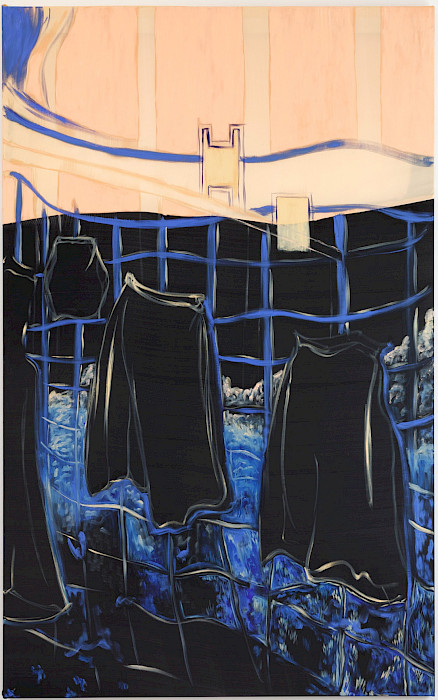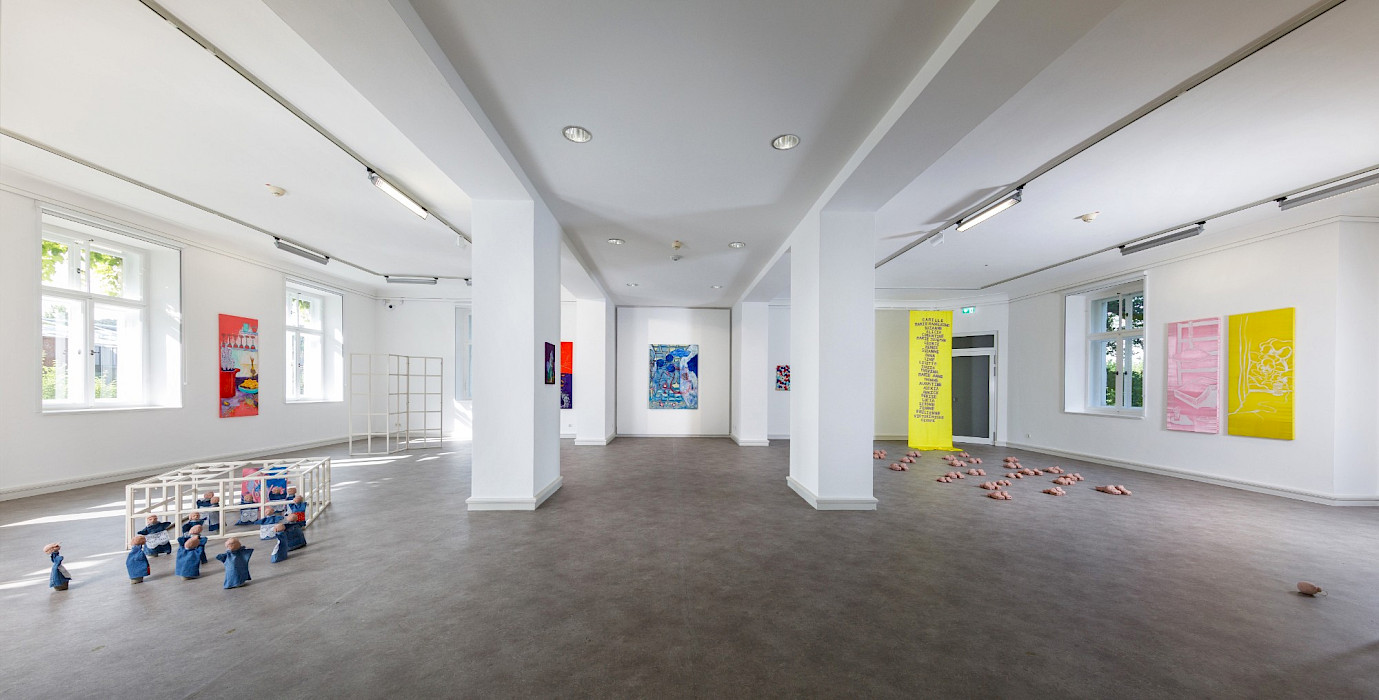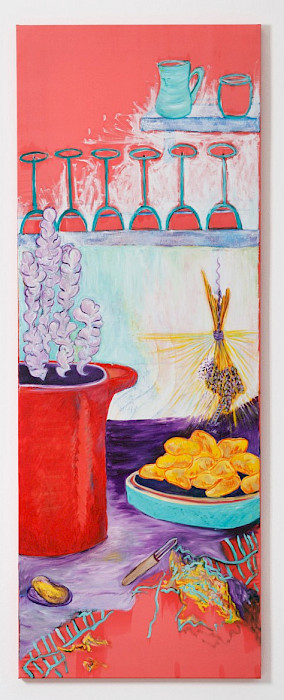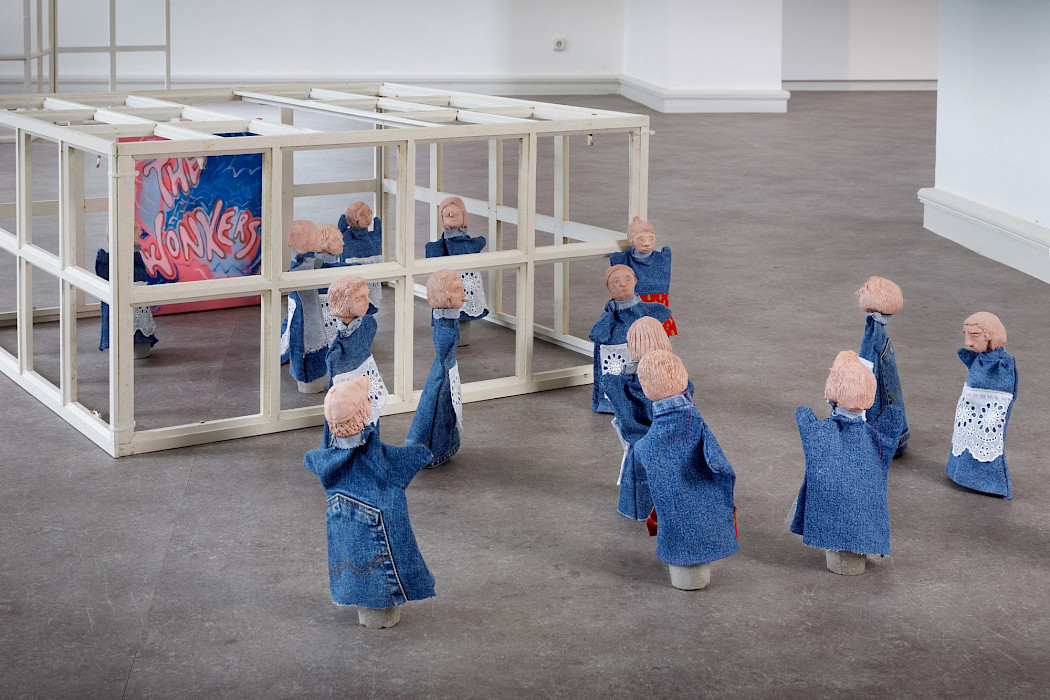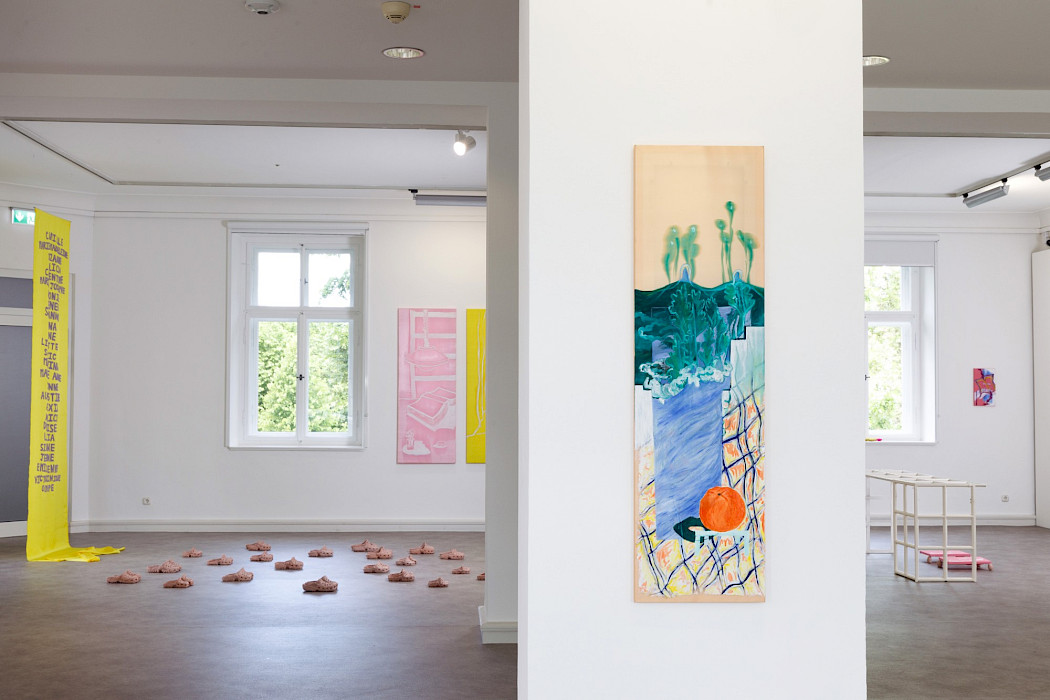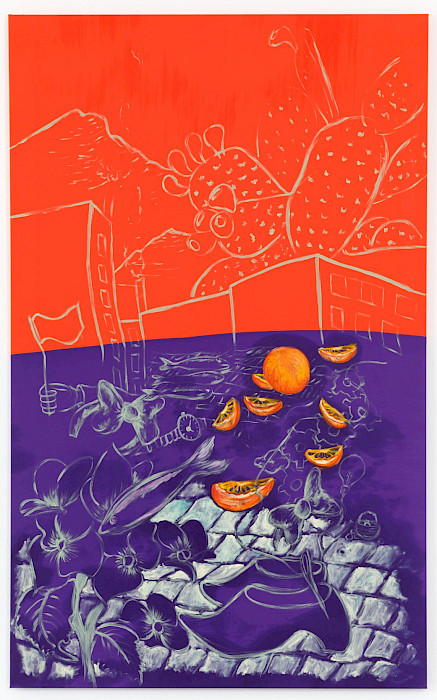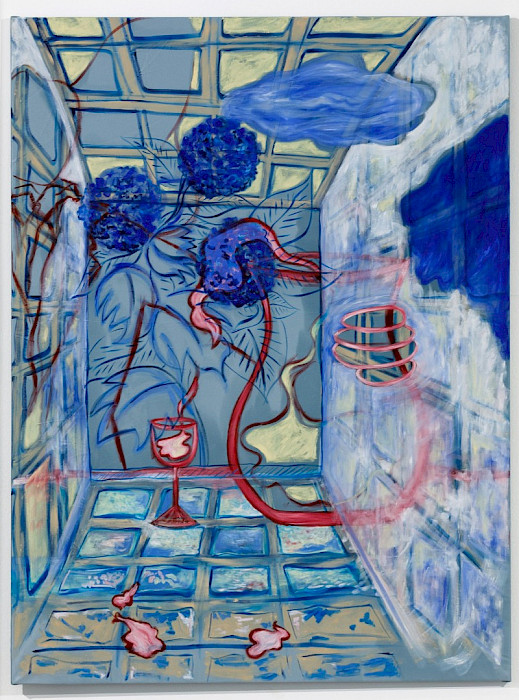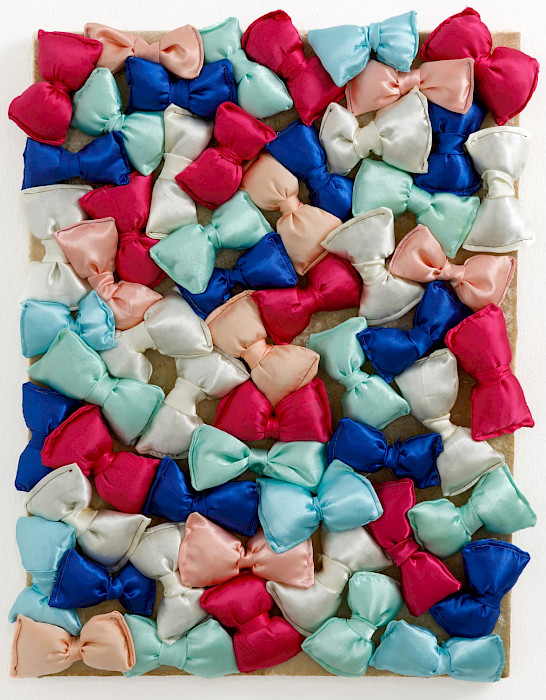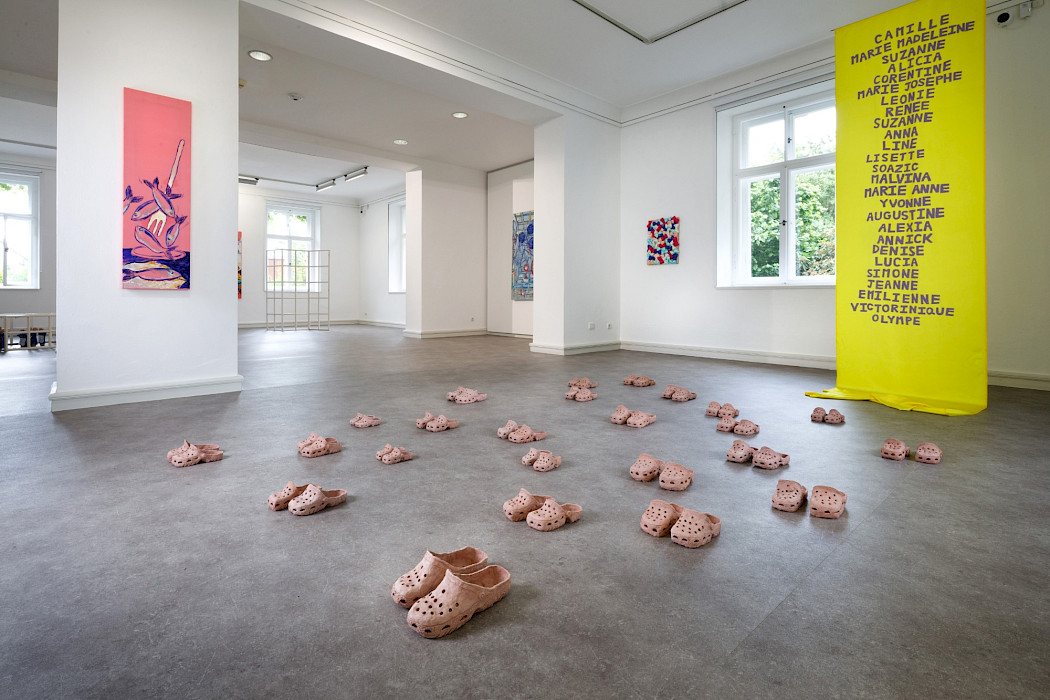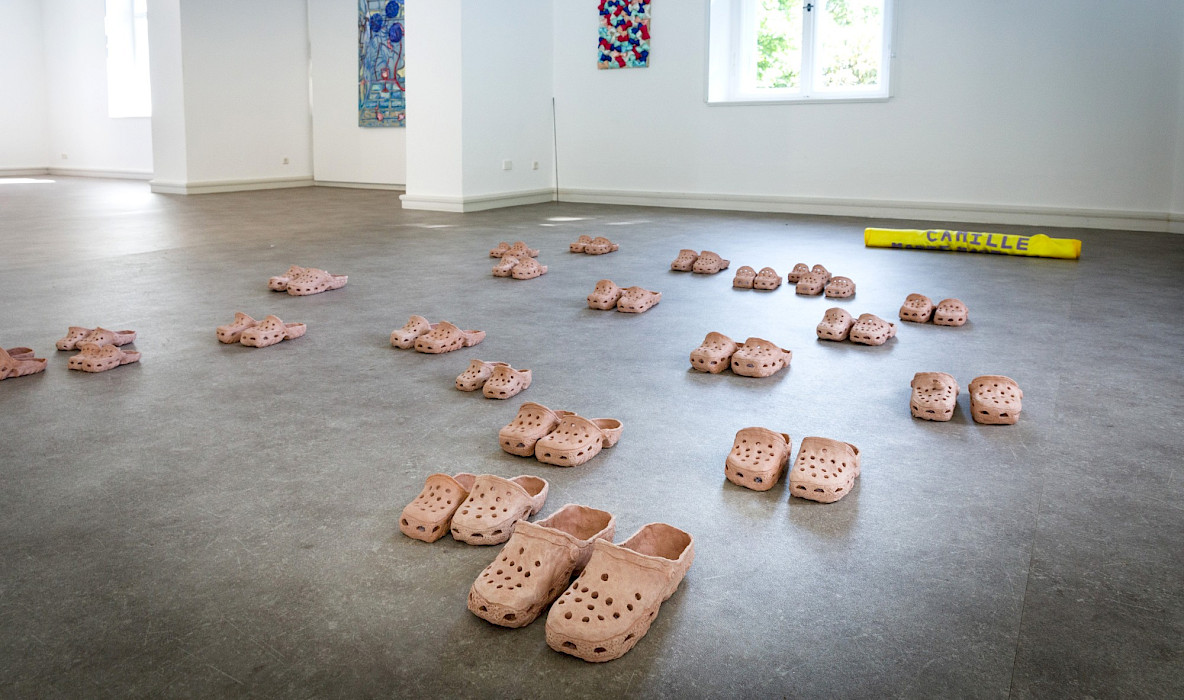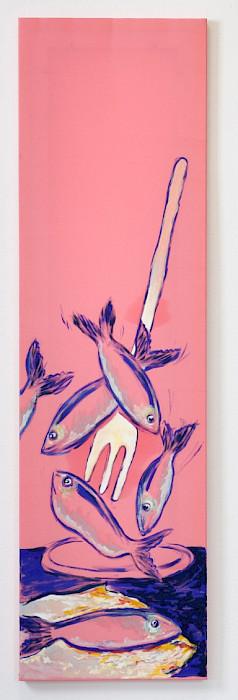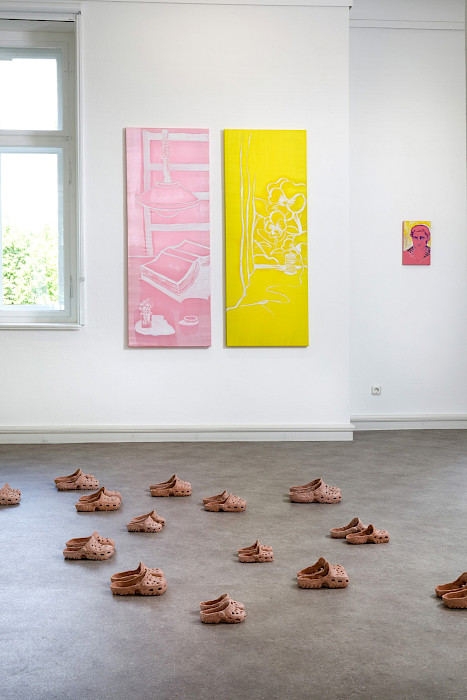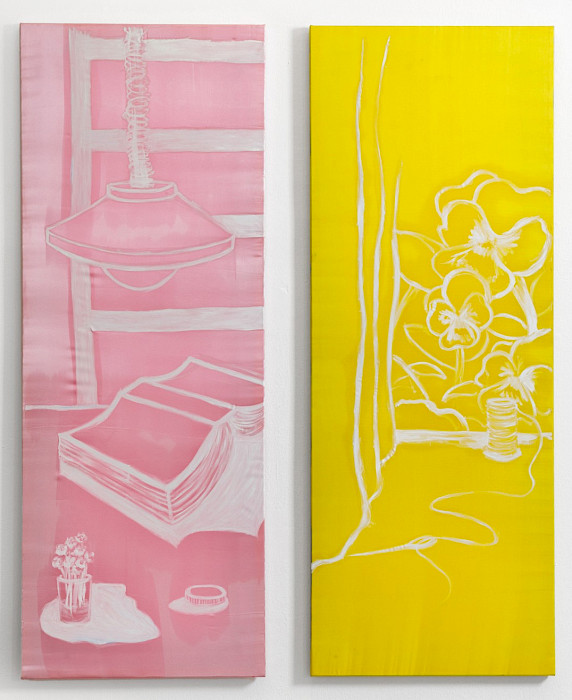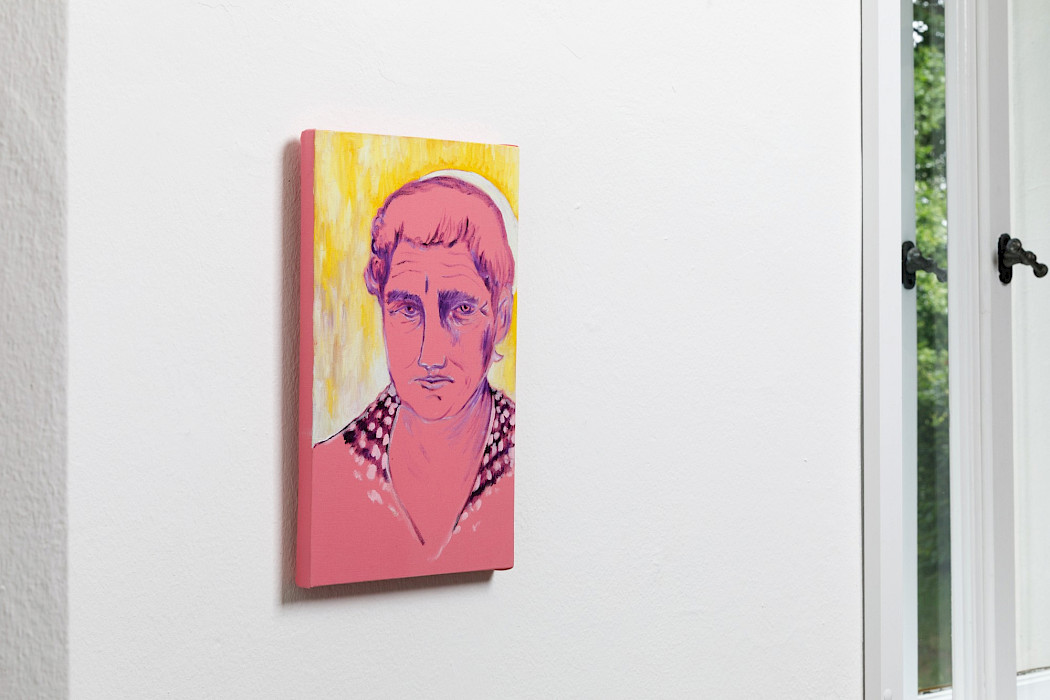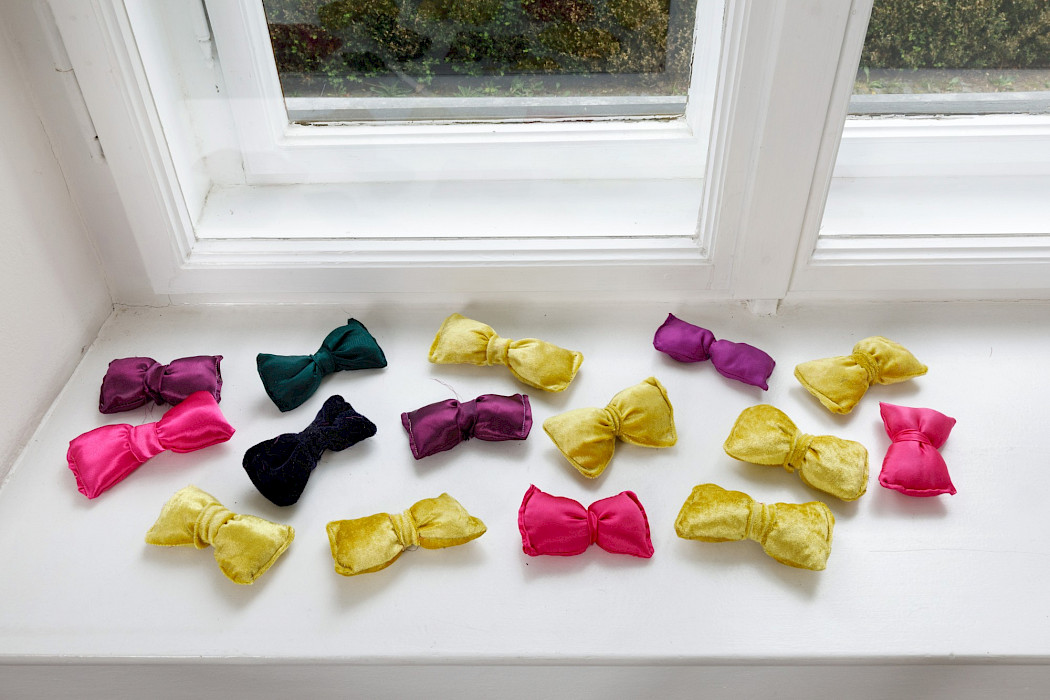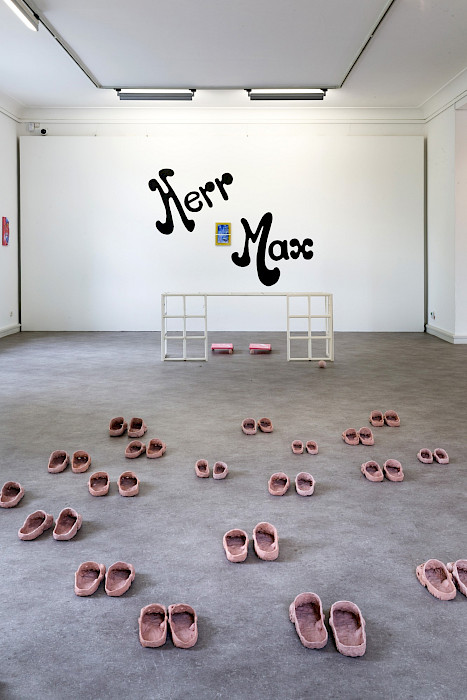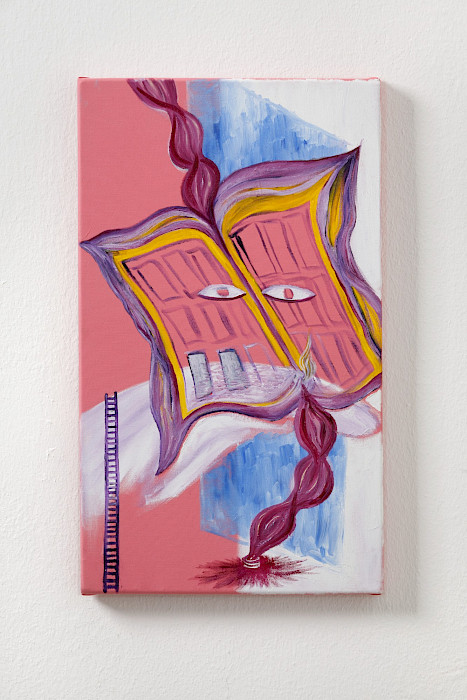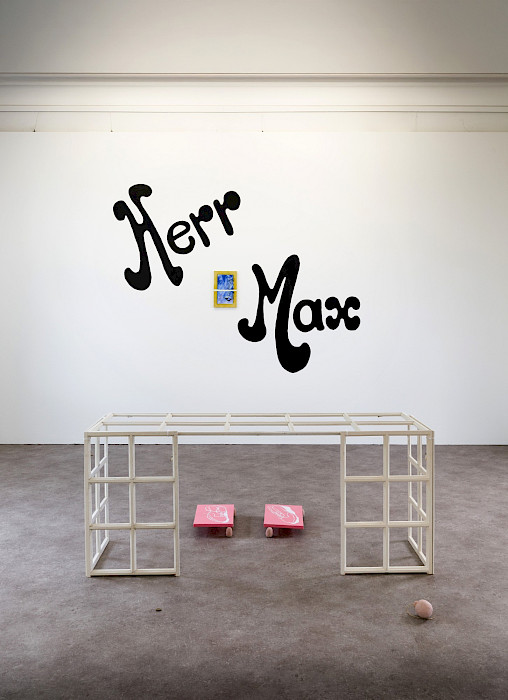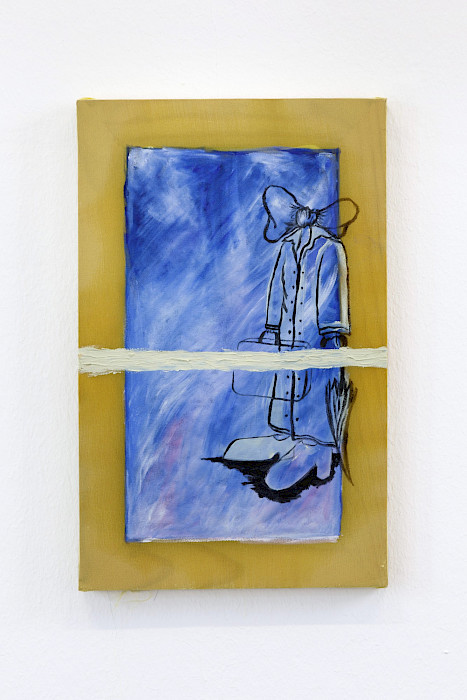Camille Tsvetoukhine: THE (MU-LU)TANTS
Camille Tsvetoukhine’s exhibition THE (MU-LU)TANTS explores the history of women's strikes in early 20th-century France. At its heart are the 1906 strikes by the so-called ‘transbordeuses d’oranges’ (women who reloaded oranges) in Cerbère, southern France—considered the first labour disputes in the country to be organised entirely by women. The exhibition also sheds light on the ‘sardinières’ (female sardine workers) of Douarnenez in Brittany, who went on strike in 1905 and again in 1924. While women led the movement, a few men joined in solidarity.
The strikes were sparked by the women's catastrophic working conditions: They carried out physically demanding labour under harsh circumstances for up to 18 hours a day. Through their strikes, they fought not only for higher wages but also for recognition and social justice. Despite facing fierce opposition from society, they stood up to the patriarchal structures of the early industrial era. These historic struggles represent a pivotal moment in the evolution of the feminist movement in Europe.
The title of the exhibition, THE MU-LU-TANTS, is a carefully crafted neologism that combines two concepts: the 'militant woman' as a defiant and resistant force, and the 'mutant' as a symbol of transforming femininity that challenges entrenched social roles. Rather than approaching these historical events in a documentary manner, Camille Tsvetoukhine investigates the lasting traces they have left in the collective feminist memory and how they continue to resonate in the present from an artistic perspective.
For the exhibition at the Kebbel Villa, Tsvetoukhine has developed a fictional narrative around an entrepreneur named Herr Max—the owner of a factory for bow ties—in which the history of the oppression and resistance of female workers is repeated in a symbolic way despite the modern façade. This narrative framework allows the artist to interweave history and artistic fiction. The exhibition thus becomes a space for remembrance, reflection and critique, where the past comes alive to raise questions for the present day. 'THE (MU-LU)TANTS' is a tribute to the women who went on strike in the past and a reminder to remain vigilant against persistent inequalities in today's working world.
Camille Tsvetoukhine (*1987 in Angers, FR, lives in Paris, FR) studied visual communication at ENSBA in Angers in France from 2005-2010 and contemporary artistic practices at HEAD Geneva in Switzerland from 2011-2013. Her work has been shown nationally and internationally in numerous solo and group exhibitions, including at Galerie Loevenbruck, Paris, FR (2024), Art au Centre, Liège, BE (2021), Centre d'art Parc St Léger, Nevers, FR (2019), Salon, Madrid, ES (2016), Halle Nord, Geneva, CH (2015), Biennale de Belleville, Paris, FR (2014). She has received several awards and grants, e.g. for research (ADAGP 2024) and production grants from the Fondation des Artistes and DRAC Ile de France (2020) and from New Heads, Fondation BNP Paribas Art Award (2013). Her residencies include Kebbel Villa, Schwandorf, DE (2023), Bonus, Nantes, FR (2022), Parc st Léger, Pougues les eaux, FR (2019), Les Capucins, Embrun, FR (2017) and Matadero, Madrid, ES (2016).

